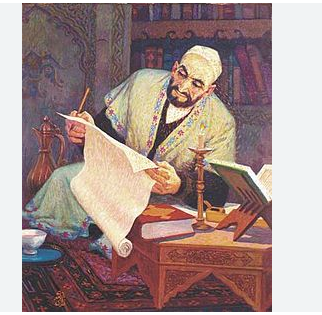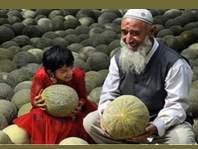Located in the centre of Asia, the Uyghur people have had a long and colourful history. Modern Uyghurs are thought to be the descendants of a myriad of empires and kingdoms – the Huns, Tocharians and Scythians, the Gokturks and Old Uyghurs, the Idiqut and Qarakhanids, Hotan, Chaghatay, Altisheher, and most recently the two republics of East Turkistan.The Uyghur language is a Turkic language with 10 to 25 million speakers.
The result is a Turkic, majority Muslim population with the readopted name of “Uyghur” – United.
Uyghurs have developed a unique culture due to their long history and role as traders and connectors between different civilizations. They have made significant contributions to Asian literature, medicine, architecture, music, song, dance, and fine arts. As a Central Asian region, they also share similar cultural motifs to other Central Asian states.
Uyghur people have been known for their vibrant music and ethnic dances for centuries and these occupy a significant place in Uyghur life. The most prestigious and well-known genre of Uyghur music is the Muqam. Uyghur Muqam is a composite of songs, dances, poetry, folk and classical music, and is characterized by the diversity of content, dance styles, musical morphology and instruments used.





